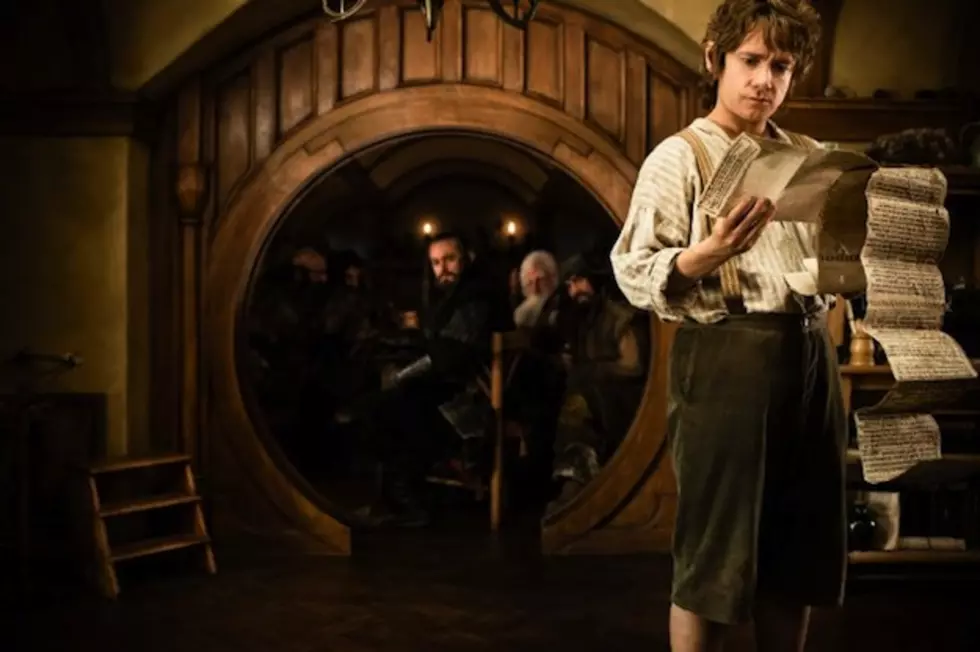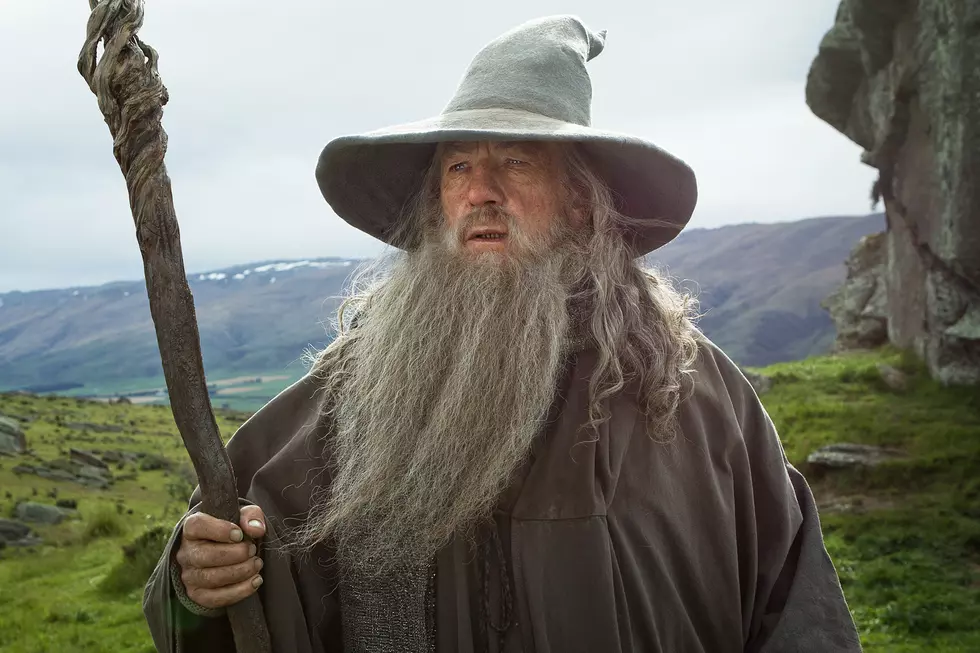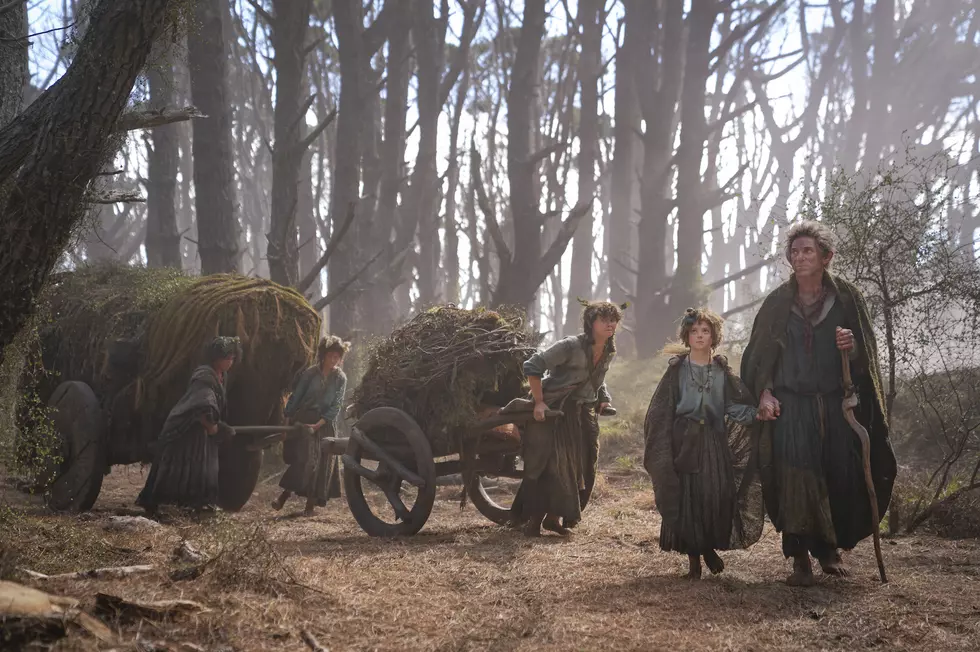
Peter Jackson Responds to Critics of 48fps ‘Hobbit’ Footage
When ten minutes of 'The Hobbit' were screened at CinemaCon earlier this week, the overall critical response was, er...not good. The negativity was not directed at the content of the footage itself (which, most of the audience agreed, looked very much like part of the 'Lord of the Rings' universe), but at the presentation. 'The Hobbit' is the first major film to be shot in 48fps (as opposed to the standard 24fps) and many people just aren't having it. Naturally, director Peter Jackson wasn't going to remain silent in the face of this criticism.
“Nobody is going to stop...This technology is going to keep evolving," he told Entertainment Weekly, “At first it’s unusual because you’ve never seen a movie like this before. It’s literally a new experience, but you know, that doesn’t last the entire experience of the film, not by any stretch, just 10 minutes or so."
First, let's have tiny tech talk for people unfamiliar with the technology of making movies. When you roll a camera, the lens is essentially taking a number of pictures a second and a projected film is those pictures strung together. For a century or so, the standard has been 24fps (or 24 pictures taken every second), a number that purists argue is the best and most cinematic method of shooting. 48fps doubles the number of images every second, creating a more "realistic" image. While 24fps creates an inherently romantic and unique look (a look you barely take note of anymore since you've spent your life watching it), the goal of 48fps is create a window into reality, a hyper-real world on film.
Critics of 48fps say that this hyper-realism harms the look of the film, making the locations in the 'Hobbit' footage look more like sets than actual places. The look of 48fps has been called too digital, looking more like a 1970s shot-on-tape BBC show or a daytime soap opera than an actual movie. However, even the harshest critics agree on one thing: 48fps does wonders for visual effects and the CGI creatures on display in the footage (from Gollum to a handful of trolls) looked present in a way that computer generated characters haven't looked before.
Jackson argued that it will take the audience some time to get used to 48fps, but once they do, they'll be hooked. He explained: “A couple of the more negative commenters from CinemaCon said that in the Gollum and Bilbo scene [which took place later in the presentation] they didn’t mind it and got used to that...That was the same 48 frames the rest of the reel was. I just wonder if they were getting into the dialogue, the characters and the story. That’s what happens in the movie. You settle into it.”
Maybe a ten minute montage was not the best way to promote a brand new technology. Maybe Jackson is right; maybe audiences who sit down to watch the whole, finished movie will adjust to the new look as they grow used to it. After all, the earliest films were shot in 18fps and audiences had to adjust to the revolutionary jump to 24fps. Are we on the verge of a similar leap? Or are otherwise bright filmmakers falling in love with technology instead of the proper tools to tell the best story?
In any case, you won't be required to see 'The Hobbit' in 48fps. When the first film hits theaters this December, you'll have the option to see it in 24fps or 48fps...and in 2D or 3D (the list of options is just getting ridiculous, isn't it?). Of course, 48fps can only catch on if theater chains embrace it, but with the upgrade cost being thousands of dollars per screen, it may take awhile.
It's a strange time to be a movie fan, folks.
More From ScreenCrush









